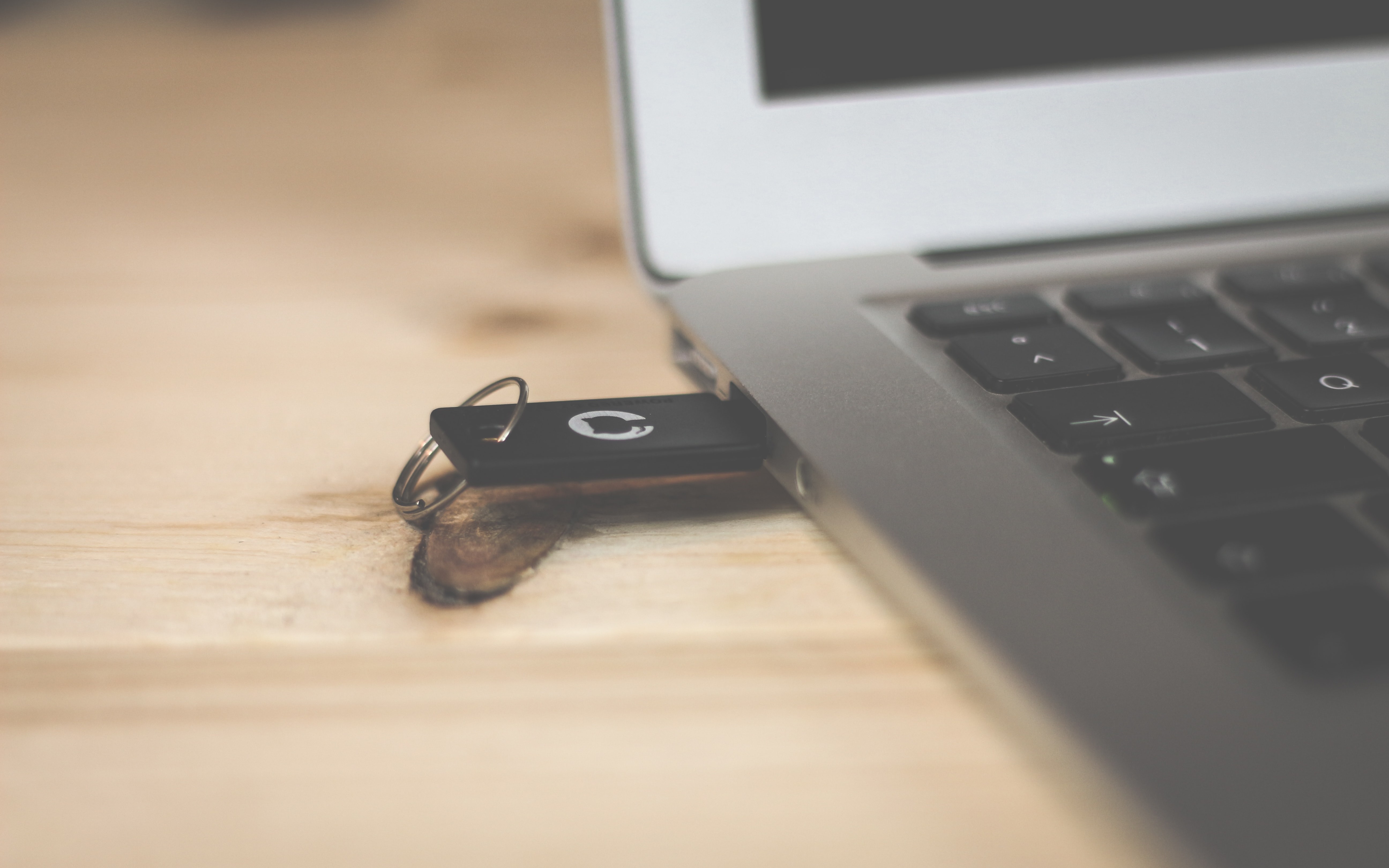GitHub is undoubtedly the largest and most popular social development platform in the world. According to its 2019 State of the Octoverse Report, GitHub is home to over 40 million, and the community keeps expanding every day.
As developers in this deeply interconnected community use open source code to build software, Github security should be a top priority. This is because extensive code re-use increases the risk of distributing vulnerabilities from one dependency or repository to another. As such, every contributor should focus on creating a secure development environment.
Here are eight security practices that GitHub users can follow to stay safe and protect their code:
Strengthen Access Controls
Implementing proper access control is one of the best practices for enhancing security, not only on GitHub but in every other environment where code security is imperative.
GitHub offers several options that users can employ to reduce the risk of improper exposure. But to start with, it is important to employ the least privilege model where users are only granted necessary permissions.
Here are some basic access control guidelines that you should follow:
- Restrict the creation of repositories to prevent users from exposing organization information in public repositories.
- Enable branch protection and status checks to ensure users can merge commits or manipulate branches safely.
- Allow or disallow forking private repositories to ensure users do not expose or share organizational code with unauthorized parties.
- Revoke access for all inactive users who are no longer part of the contributors.
#tutorial #github #access control #software security #repository management #github issues #source code analysis #github apps #github enterprise #git best practices
